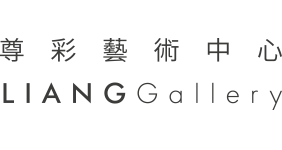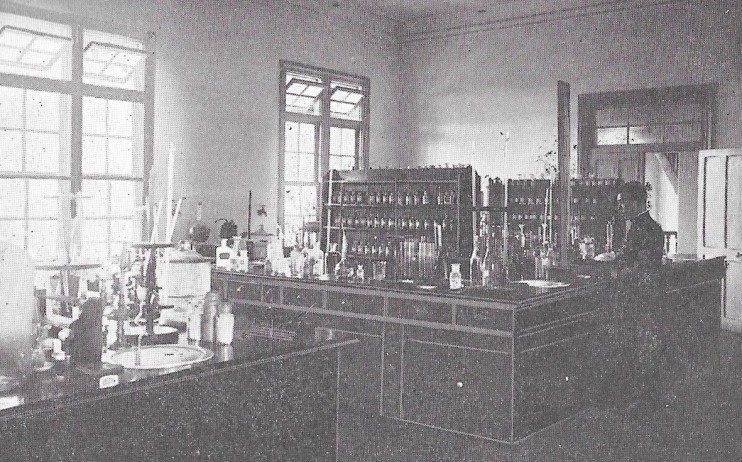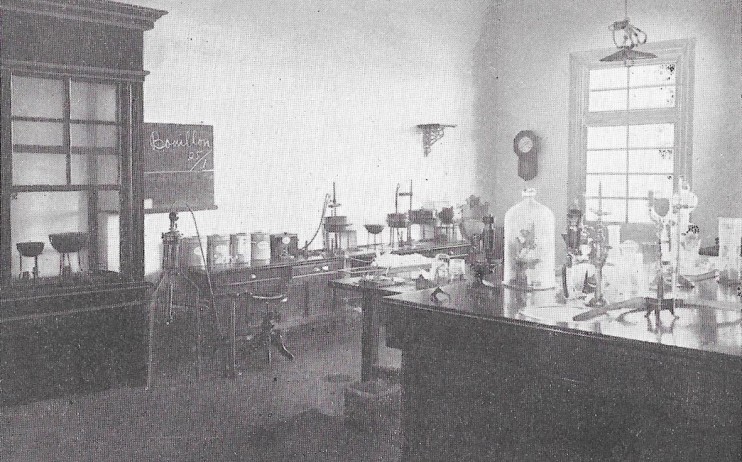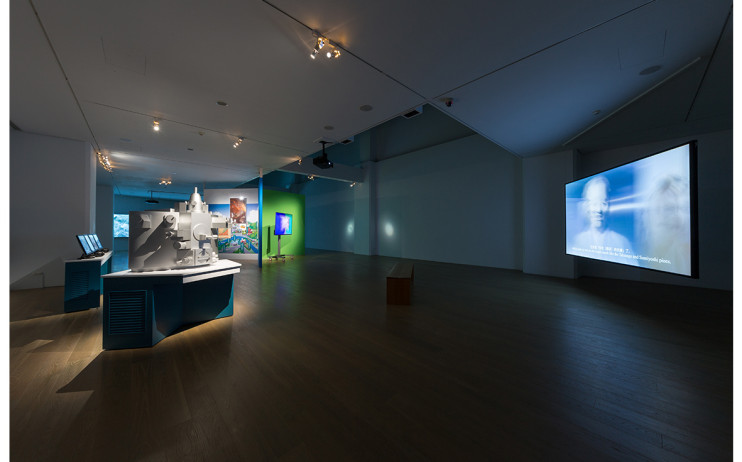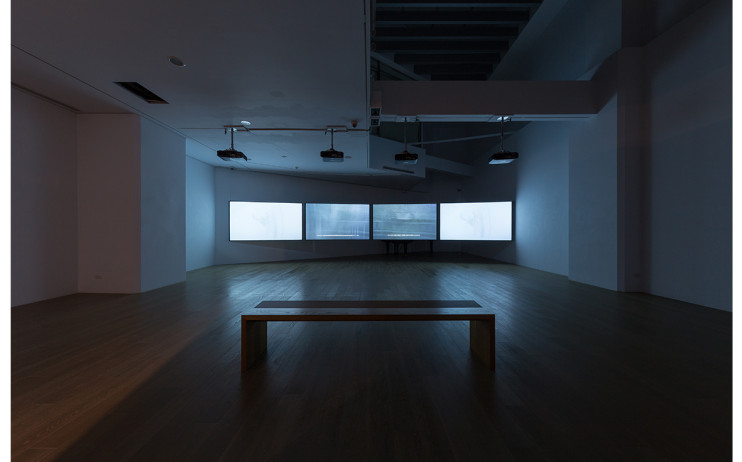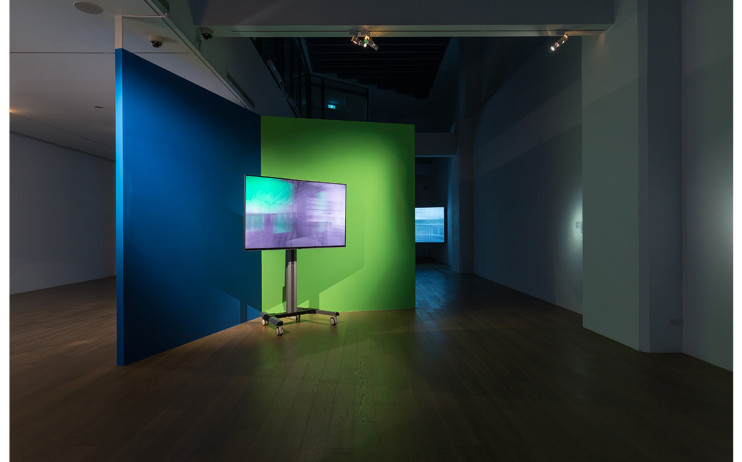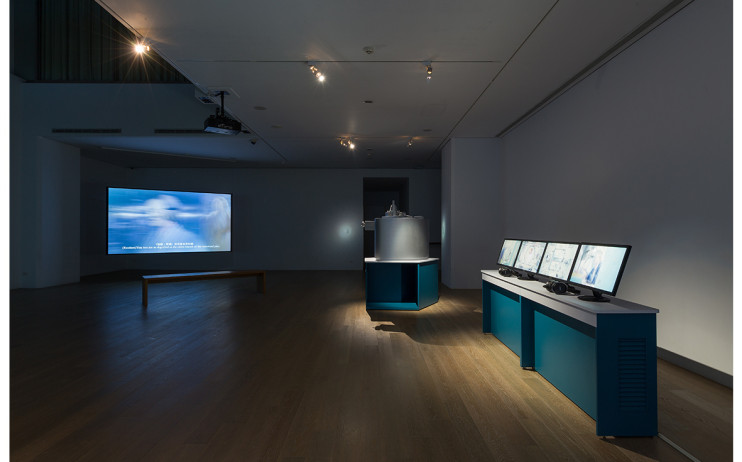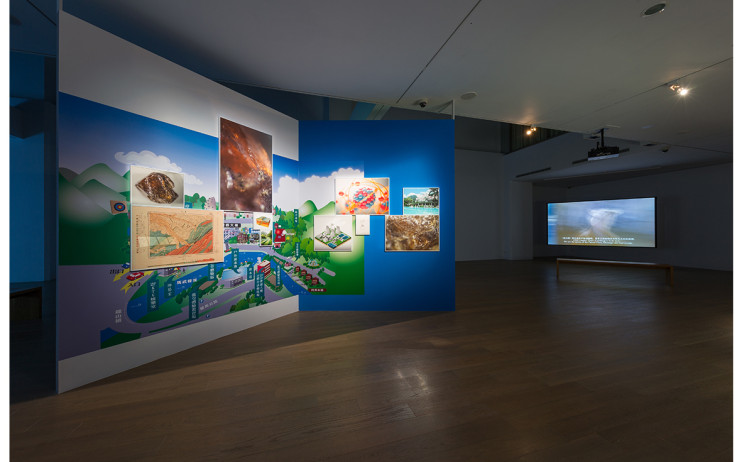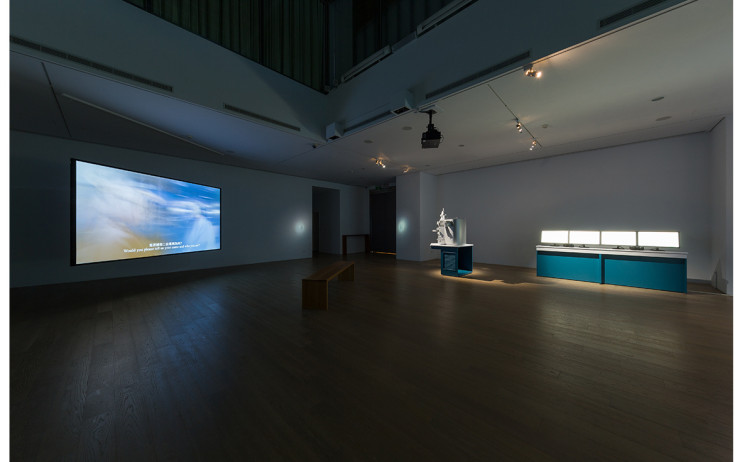Industrial Research Institute of Taiwan Governor-General’s Office – HSU Chia-Wei Solo Exhibition
- 五月 24, 2017
- Exhibitions
- Duration:2017.06.10. Sat. – 2017.07.23. Sun.
- Opening:2017.06.10. Sat. 3:00pm
- Press Preview:2017.06.09 Sat. 12:00pm
- Artist:HSU Chia-Wei
The Industrial Research Institute of Taiwan Governor-General’s Office, an institute unheard by many, is the starting point of Hsu Chia-Wei’s history-excursion series developed earlier this year as well as the title of the long-awaited solo exhibition at Liang Gallery. The institute was established in accordance with the colonial government’s industrial policy during the Japanese Occupation in Taiwan. The original idea was an industrial lab, but the political situation around the world, especially the shifting tension of WWII, required an urgent attention to industrialize military supplies. The industrial policy responded quickly as the cabinet in Japan authorized “Productivity Expansion Project” in the January of 1938 by combining the plan of the indusial lab and the expansion project of the industrial department at the Central Industrial Research Institute to the Industrial Research Institute, which was realized in the April of 1939. This episode of history has been forgotten and rewritten while the city was bombed by the Allied air and the Industrial Research Institute was changed into the Nationalist Government’s Air Force Command Headquarters. Decades later, the historical context in terms of the development of science and industry during this period has become Hsu’s artistic materials, through which he develops three different but mutually corresponding video installations. Within the framework of the colonial history as shown in the developments of science and industry, his artworks lead us through a steep path and channel the human history of the places into the mainstream.
Nuclear Decay Timer originates from the discovery of zircon on the riverbed of Ma Wu Du River during the Japanese Occupation. The geology field research was to accompany the military-supply project, but the zircon mine was not large enough for mining. However, the zircon samples from the excavation have different scientific applications for the later generations of geologists. They were like a nuclear decay clock, while the radioactive decay could be used to measure geological years. Collaborating with the Department of Geosciences at National Taiwan University, Hsu adopts an artistic technique to reinterpret the history of the zircon found in Taiwan and its transformative identity.
Testimony of the Deceased has its background set in the abandoned site of Hsinchu Branch of the Sixth Japanese Naval Fuel Plant. The fuel plant was built to produce aviation fuel with butyl alcohol developed at the Department of Industrial Fermentation at the Industrial Research Institute. As a victim of the war, the deserted buildings revealed the stories of the past with the bullet holes on the wall as the eyewitness. In the work, Hsu films the scene with a drone, which bustles around the buildings to offer a unique perspective, and the then-employees’ oral accounts of their memories and the video archive manipulated by a computer program are arranged randomly on the playlist to constantly shift the structure of the video. The work thus features a unique multipersonal narrative to respond to the complex, almost impossible historical text.
Takasago is a video installation combing the two apparently unrelated elements – Noh theatre and a chemical factory currently operating in Japan. Takasago International Corporation was founded in Japan in 1920. With the support from the government and technical assistance of the Industrial Department at Central Industrial Research Institute, it opened a branch factory in Taiwan to expand the business, producing perfume and fragrance with local ingredients. Takasago, an ancient Japanese name for Taiwan, is also the well-known Noh play by Zeami Motokiyo in the Muromachi era about the lasting love between the twin pines transforming into an old married couple to express that the geographical distance will never separate them. In the work where Noh actors perform in the modern factory, the multiple references of the word “Takasago” and the moral of the ancient tale are connected through a writing beyond the script of history.
If history is a long river running through human memories, there must be many tributaries of the past disappearing in the wasteland of memory. Within the framework of the colonial history as shown in the developments of science and industry, his artworks in the exhibition lead us through the steep path, channeling the human history of the places into the mainstream.
About Hsu Chia-Wei
Hsu Chia-Wei, 1983 born in Taichung, Taiwan, lives and works in Taipei, Taiwan. In 2010, graduated from Graduate School of Plastic Art, National Taiwan University of Arts. He is interested in the forgotten histories of the Cold War in Asia. His works develop a keen sensitivity that weaves together reality and illusion, history and the present by building events outside of the lens and by linking formal history with people and places.
He has been continuously trying to combine contemporary art and film into his works. He is concerned with how to step into reality through filmmaking. Therefore, Hsu constructs a mythical narrative that lingers between fiction and reality. He maintains a critical attitude toward filming, and by using the power of the creation of the film he strives to bring art into locations other than museums. And as a filmmaker he also seeks to develop his own political practice.
In 2016, Hsu’s artworks have been selected for inclusion in Taipei Biennial, Insights and Film Sectors at Art Basel Hong Kong in 2015 and 2016 respectively. In 2015, he had a solo exhibition at the Van Abbemuseum in the Netherlands. In 2013, he was invited to present his works in La Biennale di Venezia for the Taiwan Pavilion. In the same year he was a finalist for the Hugo Boss Asia Art Award. His artworks had been presented in many exhibitions in museums, biennials and film festivals, such as Jeu De Paume, The 39th International Film Festival Rotterdam, 2012 Liverpool Biennial, Taipei Biennial 2012, The 8th Taiwan International Documentary Film Festival, and Rencontres Internationales Paris/Berlin/Madrid, and screened at the Centre Pompidou in Paris, Haus der Kulturen der Welt in Berlin, and Reina Sofia National Museum in Madrid.
